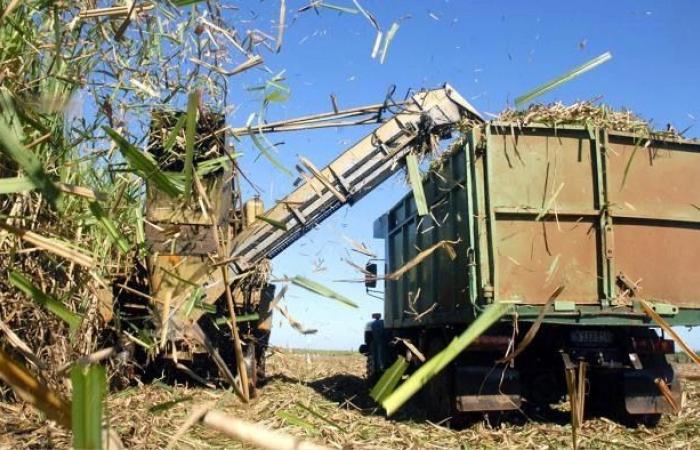The news about the next execution of 16 projectswith foreign investment, to modernize the sugar industry and build a power plant with a refinery, a 100 MW electricity generation block and an alcohol distillery, confirms the government decision to continue ignoring the causes of deterioration suffered by this branch of the economy.
Cuba, which exported six million metric tons of sugar, today it has to matter. The fact shows the magnitude of the damage caused to sugar production. Any recovery requires two premises, absent until now: a precise diagnosis and corresponding treatment. The absence of these requirements can only be explained by the following reasons: ignorance, deliberate lying, teasing Cubans and investors, or a combination of them.
If in 1948 six million tons were produced, and in 1952 the figure exceeded seven million, the voluntary attempt to produce ten million tons in 1970, in addition to paralyzing the country in such a useless effort, caused a decline until 2001 when production did not exceed 3.5 million tons; less than half reached in 1952 and a quantity similar to that produced in 1894 when the War of Independence had not yet broken out.
Faced with the debacle, as if the country were a military camp, that year of 2001 An Army general was appointed to head the Ministry of Sugar with the purpose of producing six million tons. To this end, the Álvaro Reynoso Task was implemented to achieve 54 tons of cane per hectare, when the world average was around 70 tons, and the restructuring of the industry was undertaken to extract 11 tons of sugar for every 100 tons of cane. The following year, 100 of the 156 existing sugar mills were closed and the sugarcane fields were used for other crops, a portion of which became marabou fields.
The results were not delayed. In 2005 production was 1.3 million tons. The answer to new failure It consisted of creating municipal agricultural delegations, a new bureaucratic apparatus to more closely control the productive base. Five years later, in 2010, only 1.1 million tons could be produced.
Regardless of the causes of the decline, In 2011, the Ministry of Sugar was replaced by the AZCUBA business group, and one of the Guidelines of the Economic and Social Policy of the Party and the Revolution, proposed: “gradually increase the production of sugar and sugar cane derivatives until achieving income in foreign currency that allows financing total operating expenses, plus the value of the investments that are made, ultimately making a net contribution to the country”. However, that year’s harvest was below 1.3 million tons, and so on until in 2021 production set a negative record of 816,000 tons.
Since the minimum to be produced to satisfy national demand and meet international commitments is one million tons, the order of the day was put need to buy sugar abroad. From being the locomotive of the economy and the world’s leading producer and exporter, Cuba joined the list of countries importing sweets, but the path was not corrected.
In 2021 the VIII Congress of the Communist Party (PCC), Instead of rectifying the wrong path, it ratified the state enterprise and the socialist planning system (causes of the decline) as the main way to manage the national economy. The result was immediate. In 2023 production was reduced to 487,000 tons.
In the current harvest, that of 2024, the results will be worse. In January, a month after the start, only 11 of the 25 centers were grinding. According to the director of IT and Communications at AZCUBA, the delay was due to “technical deficiencies detected late.” A example of inefficiency is that the Antonio Guiteras and Majibacoa plants in Las Tunas, until the end of March, had only produced 25% of the 61,000 tons planned, and both had lost more than 80% of the time. This indicates that 300,000 tons will not be exceeded, an insufficient figure to cover national demand. While the projects and changes introduced since 2001 have had no other result than increase the speed of decline until destroying the sugar industry.
Any diagnosis, regardless of political or ideological reasons, has to start from the main causes of regression; namely: the structure of property, the absence of freedoms, the ignorance of the laws that govern economic phenomena, the lack of correspondence between salary and cost of living, the loss of the sugar culture, the decapitalization of the hand of specialized work the deterioration of the sugar mills and the conversion of more than one hundred bateyes into ghost towns. Factors all of these dimensioned by the voluntarism and the determination not to make changes that could threaten political power.
No project proposed recover Cuban sugar production can be limited to foreign investment, which, although essential, is incapable, as previous projects have been, of itself saving a terminally ill patient.





